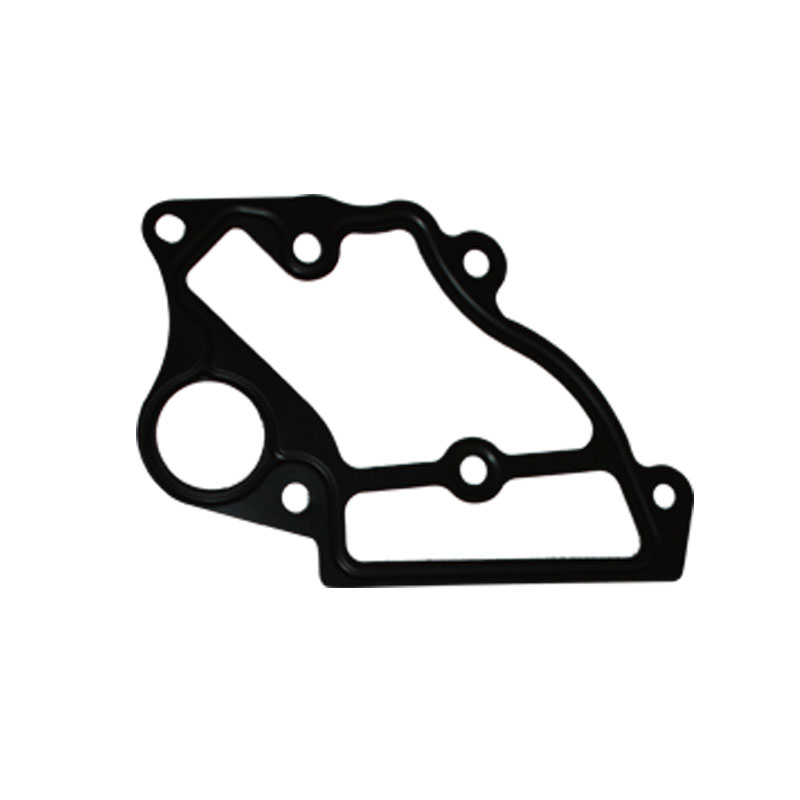o ring
The O-Ring A Small Component with a Big Impact
O-rings may seem like simple rubber circles, but their significance in the world of engineering and manufacturing cannot be overstated. These small, doughnut-shaped seals play a crucial role in preventing leaks, maintaining pressure, and ensuring the proper functioning of various mechanical systems. Their versatility and effectiveness make them an essential component in numerous applications, from household appliances to spacecraft.
What is an O-Ring?
An O-ring is a mechanical gasket that is used to create a seal at the interface between two mating surfaces. Typically made from elastomeric materials like rubber or silicone, O-rings are designed to fit into a groove and compress when placed between two parts. This compression creates a barrier that prevents the passage of liquids or gases. O-rings can be found in various sizes and materials, tailored to specific applications based on temperature, pressure, and media compatibility.
Applications of O-Rings
O-rings are ubiquitous in many industries. In automotive engineering, for example, they are used in engines to seal fuel, oil, and coolant systems, preventing leaks that could lead to catastrophic failures. In the aerospace industry, O-rings are critical in components such as fuel tanks and hydraulic systems. The reliability of O-rings can be the difference between a successful mission and a disastrous accident.
Moreover, O-rings are commonly found in household products, from faucets to appliances. In a faucet, for instance, O-rings help prevent water from leaking out, contributing to both functionality and water conservation. In the medical field, O-rings are utilized in devices such as syringes and pumps, ensuring sterile and effective delivery of medications.
o ring

Choosing the Right O-Ring
Selecting the appropriate O-ring is vital for ensuring the success of its application. Several factors must be considered, including the material, size, shape, and environmental conditions. Different materials offer various advantages for instance, fluorosilicone O-rings provide excellent resistance to high temperatures and chemical exposure, making them suitable for challenging environments.
The size of the O-ring is also critical; an improperly sized O-ring can lead to leaks or mechanical failure. Engineers and designers must carefully evaluate the specific requirements of their systems to select the right O-ring that will provide a reliable seal without compromising performance.
The Importance of Quality
As with any component, the quality of O-rings can significantly impact their performance. Low-quality O-rings may not withstand the temperatures or pressures of their intended applications, leading to premature failures. Businesses that rely on O-rings for critical functions must prioritize sourcing from reputable manufacturers that adhere to industry standards.
Conclusion
In summary, while O-rings may appear to be small and unassuming, their role in various applications is both significant and essential. They ensure the integrity of systems by preventing leaks and maintaining pressure, contributing to the reliability and safety of countless products. As technology continues to advance, the demand for high-quality O-rings will only increase, solidifying their place as a critical component in engineering and manufacturing. Understanding their functions, applications, and importance can empower designers and engineers to make informed choices, ultimately leading to safer and more efficient designs. Whether it’s in a car, a spacecraft, or a simple faucet, the humble O-ring proves that sometimes the smallest parts can have the biggest impact.
-
The Ultimate Guide to Boat Propeller Bearings and Trailer Wheel Bearings
News Jul.31,2025
-
The Essential Guide to Marine Bearings and Boat Trailer Wheel Bearings
News Jul.31,2025
-
The Complete Guide to Heavy Duty Seals: Protecting Doors and Spaces Efficiently
News Jul.31,2025
-
Essential Guide to Marine Shaft Bearings and Boat Trailer Axle Bearings
News Jul.31,2025
-
Comprehensive Guide to Marine and Trailer Bearings for Safe Boating and Transport
News Jul.31,2025
-
Comprehensive Guide to Automotive Oil Seals: Protecting Your Engine and Shafts
News Jul.31,2025
-
Understanding Automotive Oil Seals: Essential Components for Engine and Shaft Protection
News Jul.30,2025
Products categories















